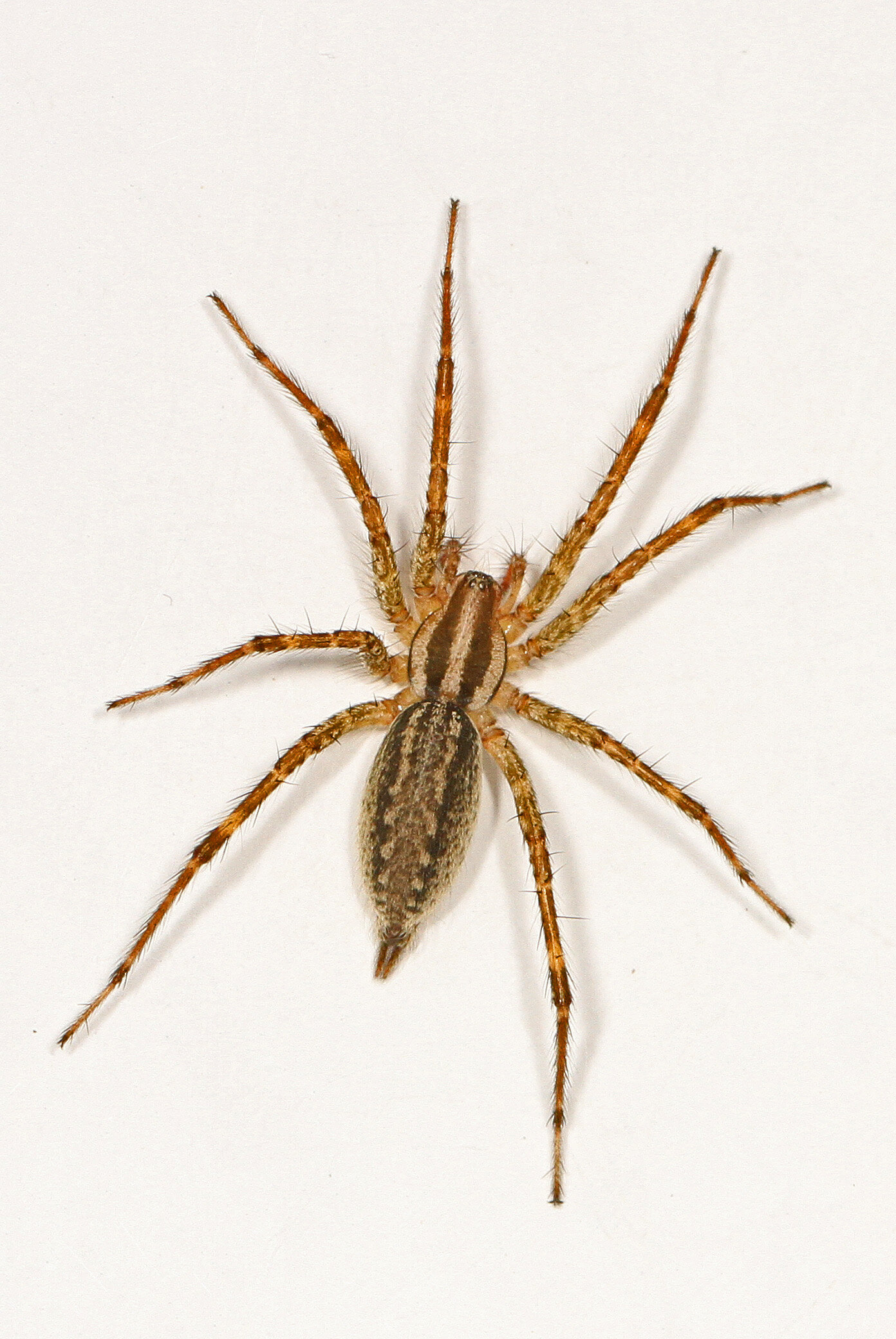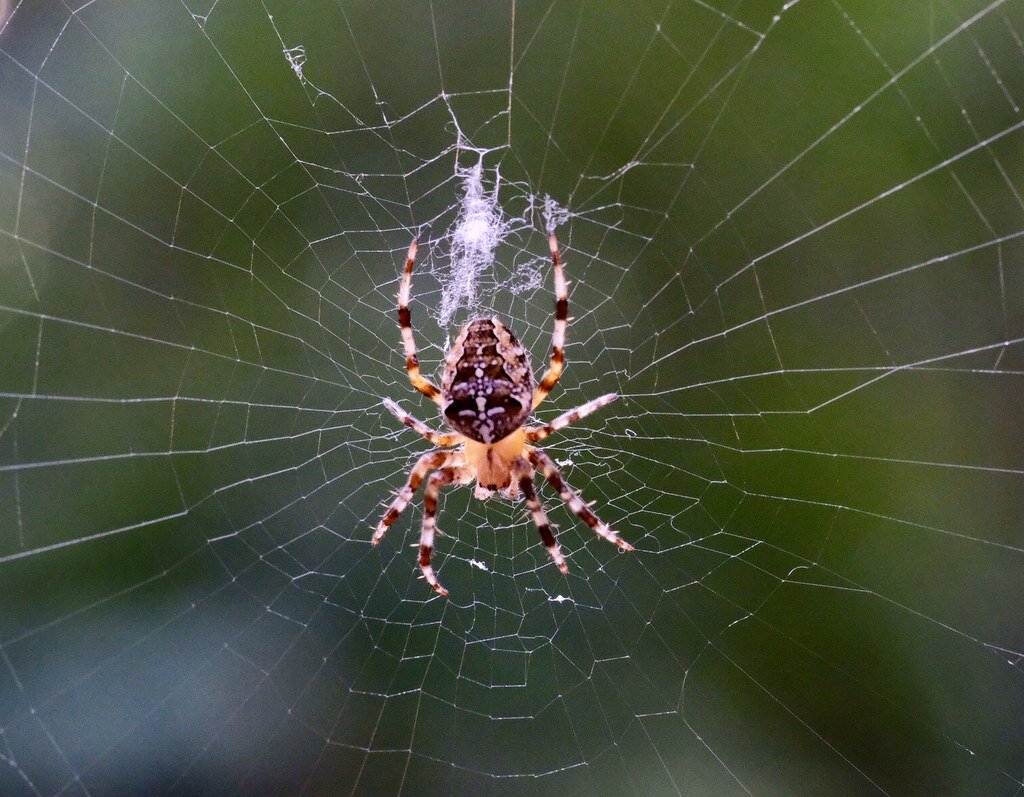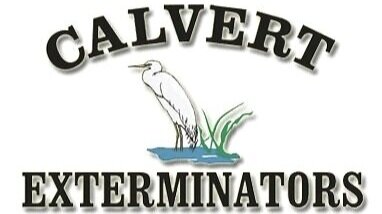Spiders



Black Widow Spider
The adult female Black Widow Spider is the most poisonous spider in North America. The female is easy to recognize by the red hourglass shape on the underside of her abdomen. She has a shiny black body with various red markings on the top. The Black Widow will grow to 8-10mm in size.
The Black Widow is common in Maryland but rarely found indoors. These spiders are most often found in basement window wells, beneath lawn benches or porches, in garages, tool sheds, old lumber piles, rock piles, trash piles, and water meters.
Black Widows can lay up to 400 eggs at a time and are known to be cannibals, often eating each other. They also feed on beetles, flies, grasshoppers, moths and other spiders. Their webs are thick and unstructured resembling a cobweb.
Black widow bites are very painful. Doctor care should immediately be sought. It is very important to recognize this spider and describe the symptoms accurately so the physician can offer treatment.
Brown Recluse Spiders
Brown Recluse Spiders are unique. Their bodies are about ¼ inch long and they have a characteristic violin pattern on the back of their body to which their legs are attached, the cephalothorax. These small, hairless spiders are yellowish-tan to dark brown in color with darker legs. Their legs are about one inch in length. They have six eyes where most spiders have eight.
The Brown Recluse Spiders seek out dark, warm, dry environments such as sheds, closets, porches, barns, basements, wood piles, tires and storage areas.
Just like other spiders, the Brown Recluse is shy and non-aggressive but will bite if threatened or with contact against the skin. Most bites occur in the summer months and can be very dangerous even causing death especially for children and the elderly. First Aid should be sought immediately after a bite.
Wolf Spiders
Wolf Spiders are 1/2” in size. Their shape is segmented and oval. They are dark gray and brown. They have eight legs and antenna.
Wolf Spiders reside close to ground level and will burrow into the ground if threatened. They are usually found around the home in gardens. They are primarily nocturnal and are quick movers if disturbed.
Their bite is very painful and poisonous but not lethal. They are usually not aggressive but will bite if provoked. Their bite can be dangerous especially to young children and the elderly. The bite may cause symptoms such as vomiting, dizziness, muscle pain and headaches. First Aid should be sought immediately.



House Spiders
House Spiders are 1/2” in size and their shape is segmented and oval. They are dark brown or black and have eight legs and antenna.
House Spiders move rapidly and are usually found near window frames, under eaves, in gutters, sheds, toilets, and around rocks and like to hide in corners. They nest wherever they can attract their prey. House Spiders eat other insects such as mosquitoes, flies and moths. They enter the house in early fall and are active for several months weaving webs in confined spaces.
These spiders can bite humans and cause a small irritating spot, which may not heal for 8 to 10 days. Bites can be dangerous especially to children and the elderly.
Grass Spiders
Grass Spiders are 3/4” in size with long spinnerets. They are dark gray or brown with stripes. They have eight legs and antenna.
Grass Spiders live and make their webs in tall grassy areas, heavy ground cover and thick shrubbery. Their webs are constructed near ground level around steps, window wells, and foundations. Grass Spiders feed on other insects like mosquitoes and flies.
Although their bite is painful, they are not dangerous to humans.
These spiders can bite humans and cause a small irritating spot, which may not heal for 8 to 10 days. Bites can be dangerous especially to children and the elderly.
Orb Weaver Spiders
Orb Weaver spiders are non-aggressive and docile spiders that are very beneficial for gardens and homes. They eat common irritating pests, and will hide to protect themselves.
The most commonly noticed orb weaver is female, since she sits on her web, feeding and eventually waiting for the males to find her. Toward the end of fall, the females will lay their last clutch of eggs, and then die at the first frost. The eggs can survive the winter (even withstanding freezing) due to the simplistic nature/chemistry of the eggs. The warmth of the spring will cause the eggs to mature, releasing a new generation of orb weavers.
Though brightly patterned, they pose no threat.
